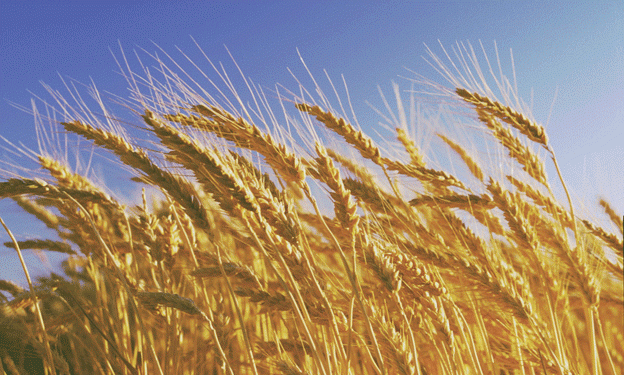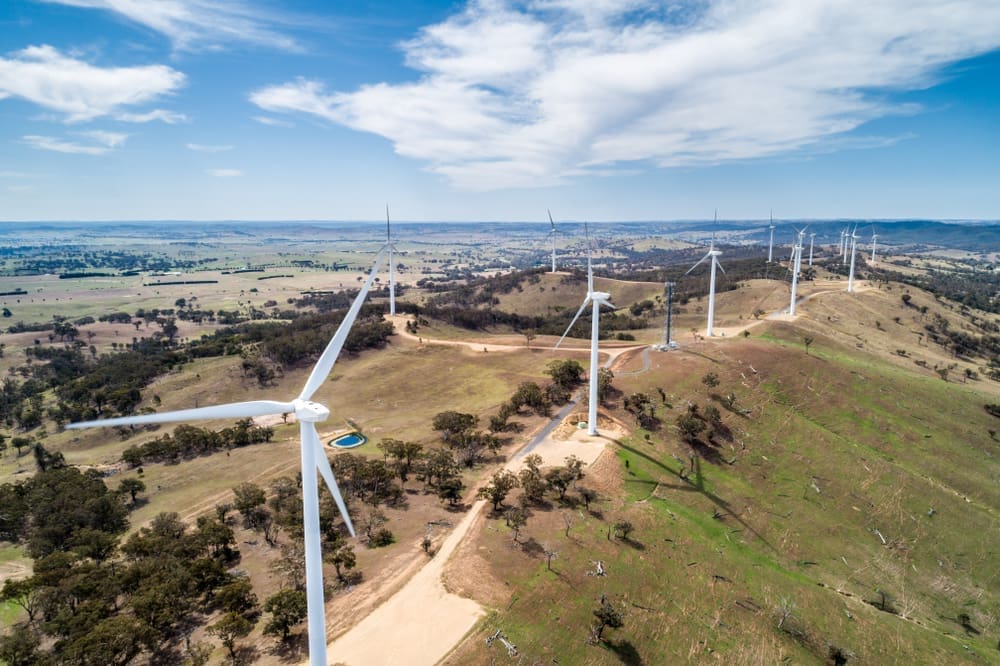Farmers in Kostanay Oblast are facing a unique challenge this harvest season: wheat that is maturing more slowly than usual. As September begins, many farmers will start harvesting, a significant shift from previous years when harvests typically began in mid-August. This delay is largely attributed to the high levels of moisture present throughout the growing season.
Alexander Borodin, Chairman of the Sectoral Council on Agricultural Issues of the Kostanay Chamber of Entrepreneurs and a farmer himself, noted that despite the initial delay caused by spring flooding, the planting campaign was conducted swiftly and without major issues. The crops have benefited from the ample moisture, and with the application of fertilizers, the wheat has grown well. However, the current weather patterns mean that the wheat is “basking” in the favorable conditions, leading to slower maturation.
“We’re seeing good potential for this year’s crop, but the wheat is taking its time to mature. If the weather remains stable and avoids extreme heat, we should begin harvesting in early September,” Borodin explained. He emphasized that while rains have been frequent throughout the summer, they have not caused significant damage to the crops. However, they have delayed haymaking and the treatment of fallow fields in some regions.
The anticipated yield is approximately 20 centners per hectare. Borodin pointed out that making accurate forecasts in agriculture is difficult, as conditions can change rapidly. Last year, under similarly rainy conditions, yields averaged 15.5 centners per hectare, though some fields saw as much as 30 centners per hectare.
One of the key lessons from last year’s harvest was the importance of having adequate drying and storage facilities. In 2023, the region faced a significant challenge as local elevators and drying facilities were overwhelmed by the volume of wet grain, leading to losses. This year, preparations have been more thorough. Many farmers have installed new drying equipment, and there has been an increased emphasis on insurance to protect against crop losses.
“Last year was a wake-up call for many of us. Farmers who want to stay in this business need to invest in the necessary infrastructure, like dryers. While some were hesitant to spend on insurance and equipment in the past, the losses we faced last year have changed that mentality,” Borodin noted.
In addition to individual efforts, regional authorities have also taken steps to ensure a smoother harvest this year. The Department of Agriculture and Land Relations of Kostanay Oblast reports that 37 licensed elevators in the region are currently operating at only 22% capacity, with 672,800 tons of agricultural products stored, of which 582,700 tons are wheat. The National Food Corporation (Prodcorporation) has contracts in place to ship out grain, freeing up storage space before the harvest begins.
However, challenges remain. A key issue discussed at a recent sectoral council meeting was the discrepancy between the standards (GOST) applied by different entities when accepting grain. Farmers have expressed frustration over inconsistent regulations between elevators and the Prodcorporation, which complicates the process of storing and selling grain.
Svetlana Mikhaylenko, a representative of the Kostanay Oblast Agricultural Producers Association, highlighted this ongoing issue: “We’ve been raising this issue for over a year now, but there’s still no resolution. As we prepare for the harvest, it’s unclear what standards will apply, which makes our work even more difficult.”
Despite these challenges, the overall outlook for the upcoming harvest in Kostanay Oblast is positive. The infrastructure is better prepared than last year, and the slow maturation of the wheat, while unusual, could result in a healthy crop if weather conditions remain favorable.
The upcoming wheat harvest in Kostanay Oblast is a testament to the resilience and adaptability of local farmers. With lessons learned from the past, improvements in infrastructure, and a cautious optimism regarding the weather, the region is poised to manage this year’s challenges. However, the ongoing issues with regulatory inconsistencies highlight the need for continued dialogue and reform to support the agricultural sector’s future.
Error




